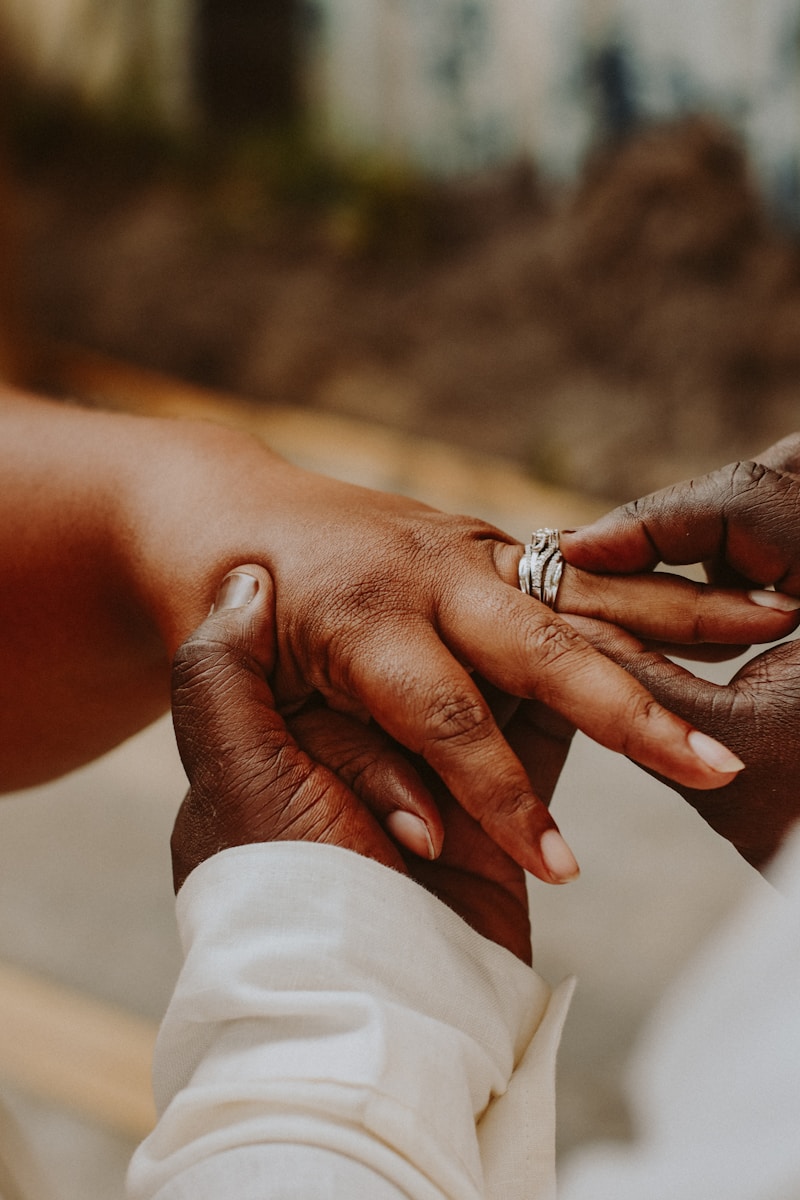Bridging Cultural Gaps in Marriage Ceremonies: A Comprehensive Guide
Marriage ceremonies are profound personal celebrations that often reflect cultural, religious, and familial traditions. However, as globalization increases, many couples find themselves navigating the intricate waters of merging cultural practices into their wedding ceremonies. This article will explore how to bridge cultural gaps in marriage ceremonies, providing insights and strategies for couples from diverse backgrounds.
Understanding Cultural Differences in Marriage Ceremonies
Every culture has its unique marriage customs, which can include specific rituals, attire, and even the roles of various participants. Understanding these traditions is crucial when two individuals from different backgrounds decide to tie the knot. For instance, in some cultures, pre-wedding rituals play a vital role, while in others, the focus may be predominantly on the ceremony itself.
Common Cultural Practices to Consider
When planning a wedding that honors both partners' cultural practices, it is essential to recognize the following common elements:
| Cultural Element | Description |
| Rituals | Special practices that may involve prayers, offerings, or blessings. |
| Attire | Traditional clothing that reflects cultural heritage and identity. |
| Ceremony Structure | The sequence of events, which could vary significantly between cultures. |
| Guest Involvement | The role of family and friends may differ according to cultural norms. |
Why Bridging Cultural Gaps is Important
Bridging cultural gaps in marriage ceremonies accomplishes several objectives:
- It honors both partners’ backgrounds.
- It creates a unique and memorable event.
- It fosters understanding and respect among families.
- It establishes a foundation for a harmonious life together.
Steps to Successfully Merge Cultural Traditions
Here are actionable steps couples can take to successfully merge their unique cultural traditions into a cohesive marriage ceremony:
1. Communication is Key
The first step in bridging cultural gaps is open, honest communication. Both partners should discuss their cultural values and what aspects are important to them. This dialogue helps identify which traditions they want to incorporate into their wedding and how to respect each other’s backgrounds. Setting a foundation of communication can prevent misunderstandings later in the planning process.
2. Research and Learn
Research is crucial. Each partner should take the time to understand the other's cultural practices. Reading literature, attending cultural events, or meeting family members can provide valuable insights into marriage traditions. This not only enriches the couple's knowledge but also demonstrates respect for each other's heritage.
3. Involve Family Members
Family plays a significant role in wedding ceremonies across many cultures. Engaging family members in the planning process can help ensure that important traditions are upheld. Involving family can also promote a sense of unity and support among the families as they witness their children's commitment to each other.
4. Combine Elements Creatively
Once you have gathered enough information about both cultures, it's time to create a ceremony that celebrates both traditions. This could involve:
- Incorporating ritual blessings from both cultures.
- Using a mix of traditional attire that represents both backgrounds.
- Adapting the ceremony flow to include important elements from each culture.

5. Consider Cultural Representation
Integrating symbols from both cultures can add a personal touch to the ceremony. This may include:
- Decorations that reflect both backgrounds.
- Fusion food menus featuring traditional dishes from both cultures.
- Diverse music playlists that celebrate each partner’s cultural heritage.
6. Be Open to Compromise
Part of successfully merging cultural traditions involves compromise. There may be rituals or customs that one partner prefers, while the other may not feel strongly about. Couples should remain flexible, recognizing that not every aspect of their culture needs to be included in their wedding. Finding a middle ground that makes both partners comfortable can lead to a beautiful ceremony that feels genuine to both.
7. Create New Traditions
As couples blend their backgrounds, they may also wish to establish new traditions as a couple. This can symbolize the unity they've created and the new family they're forming. Examples could include a unique ritual that combines elements from both cultures or a special activity that allows them to celebrate their shared life together.
Conclusion: Embracing Diversity in Marriage Ceremonies
Bridging cultural gaps in marriage ceremonies is not just a practical necessity; it is a celebration of diversity, love, and understanding. Couples who take the time to immerse themselves in each other’s cultures can create a wedding ceremony that resonates deeply with both families and honors their unique heritage.
When planning a cross-cultural marriage ceremony, remember to communicate openly, respect each other's traditions, and foster an environment of compromise. As you celebrate your union, you are weaving together a beautiful tapestry of cultural heritage that reflects who you are as a couple.
Final Thoughts: Always keep in mind that the essence of your marriage lies not just in the ceremony but in the love and commitment you share. By respecting and integrating diverse cultural practices, you strengthen your relationship's foundation.